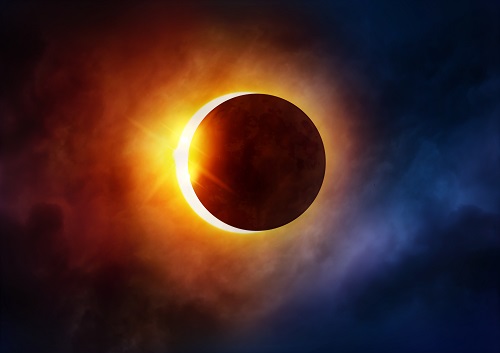How Will the Eclipse Affect Solar Power?

Whether you own solar panels, are a customer of our commercial solar services or are an astronomy aficionado, Monday is going to be an exciting day. On August 21, 2017, the moon will pass between earth and the sun. The moon will block the view of the sun in many parts of the country, some partially and a few completely.
The last eclipse of this kind was in 1979—and the national electricity grid was completely different back then. Solar panels were rare during that era; today solar power is growing in leaps and bounds. The increasing presence of solar panels makes many wonder what the eclipse means for those households and businesses powered by solar.
What will happen for solar users when the sun is eclipsed on Monday for two minutes and 43 seconds? Will the country’s utility scale solar energy plants go dark?
NERC Does Not Expect Reliability Issues
The good news is that experts do not believe we will experience blackouts. Much attention and planning has been directed at preparing for the eclipse’s impact. The North American Electric Reliability Corporation (NERC), a nonprofit regulatory body that works with the entities controlling the grid, does not anticipate reliability issues for the bulk power system. Their analysis was shared in their 2017 Summer Reliability Assessment published in April.
While sunlight will be obscured during this monumental event, demand and supply play a role in how electricity will be affected. The eclipse’s path of totality starts in Oregon and moves east towards South Carolina over a 90 minute period. Solar generators directly in the path of totality will be most affected the most during the eclipse. In those areas, other sources of power will increase output to compensate for the temporary decrease in solar energy. Only 17 solar photovoltaic generators fall in this category, most of which are located in eastern Oregon. Those not directly in the path of totality will be less affected.
Preparing for the Future
What we learn during this eclipse will help us better understand and plan for the next one, which occurs in 2024. By then, solar power may be ubiquitous—it has grown approximately 68 percent per year over the past 10 years. The eclipse on August 21 will help us better prepare and discover how well the country’s system works when the sun goes dark.
Visit this link to learn more about our commercial solar services.


